The dark, disturbing past of Glenside’s Z Ward, the lunatic asylum
THE Z Ward at Glenside — the former lunatic asylum — has a dark, disturbing past. And that makes it one of the most compelling attractions of History Festival.
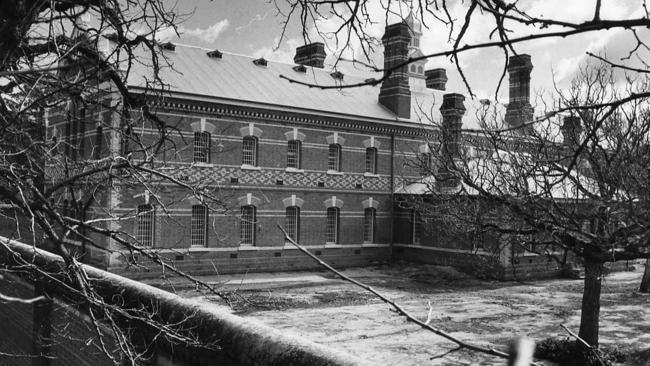
SA News
Don't miss out on the headlines from SA News. Followed categories will be added to My News.
SOME people are drawn to the darker side of human history.
Fortunately South Australia’s History Festival caters for everyone, with more than 600 events across the state taking place throughout the month of May.
Director Allison Russell says it’s the biggest History Festival yet — 20 per cent bigger than last year — and the former lunatic asylum at Glenside is one of the most compelling historical attractions.
“We do have a fascination for some of the darker histories and stories,” she said.
“I think it’s a chance to look at a different way of life and a different experience, people are always keen to discover some of those darker secrets.”
Adelaide’s Haunted Horizons owner Alison Oborn shares a dozen dark secrets in her new tour “Z Ward: Murder and Madness”.
Part of the proceeds from ticket sales go to beyondblue, the national initiative to raise awareness of anxiety and depression.
Ms Oborn spent a year researching patients who lived (and died in most cases) at Z Ward in the early years, after it opened in 1888 and long before it closed in 1973.
“You get attached to them all, because you’re not just looking at the surface facts, you’re looking at their stories,” she said.
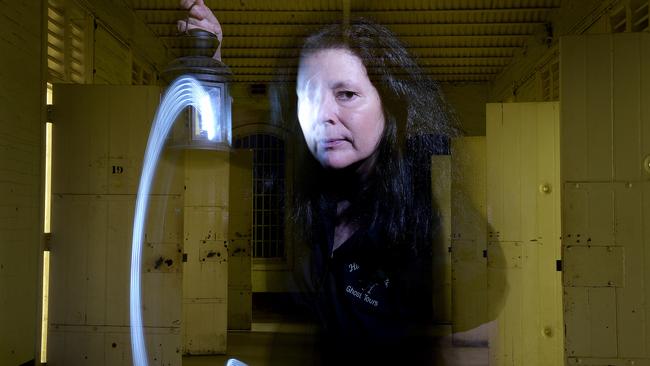
“One that’s fairly famous is Koörman Tomayoff, The Mad Russian. He started shooting passengers at Riverton Station. He had no motive, he was just insane. He actually died in Z Ward.”
The sensational story made the papers and the “Terrible Tragedy at Riverton” was published on Wednesday March 23, 1921, page 7 of The Register.
“It was an astonishing occurrence, as swift as it was inexplicable,” the story read.
“The first indication was a few revolver shots, preliminary to the promiscuous discharge of 42 cartridges at anybody Tomayeff could see on the platform. He ran up and down the station with bewildered and reckless energy, firing as he went. A man was hit and fell; then a woman, and after her three more men — and one of them who was the demented Russian’s immediate assailant was wounded mortally.”
In Riverton Police Court that Tuesday afternoon, Tomayoff’s version of events revealed he was “suffering from a tormented mind”.
“Yes, I shoot everybody, because I afraid of two men,” he said. “Eight men in train, two knives, poison! They wanted kill me in train. They shoot me. I shoot any man I see because they wanted kill me.”
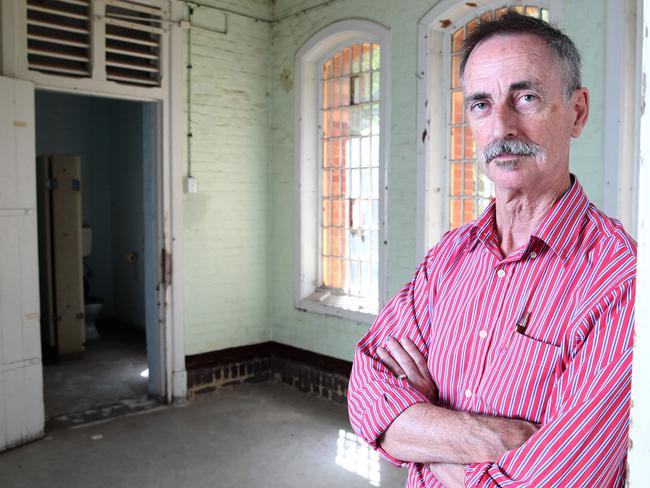
He joined the select group of patients accommodated in Z Ward at the Governor’s pleasure, acquitted of his crime on the grounds of insanity.
According to the Glenside Historical Society, the majority of Z Ward patients were “people charged and convicted of a minor offence, but exhibiting sufficient signs of psychiatric instability that it was thought more beneficial for them to be placed in an asylum rather than in a jail to serve their sentence”.
“Another small group of patients were those who were considered to be dangerous to themselves or to others and were placed in there for the protection of the asylum’s other inmates.”
That included people who were simply depressed and had attempted to commit suicide. Treatment was limited or non-existent in the early days, but that all changed with the advent of antipsychotic medication.
Society president and former principal clinical psychologist at Glenside Hospital (1973-1998) David Buob said the number of patients living on site peaked at almost 2000 in 1950 then steadily declined.
“Now the hospital only has 119 beds,” he said.
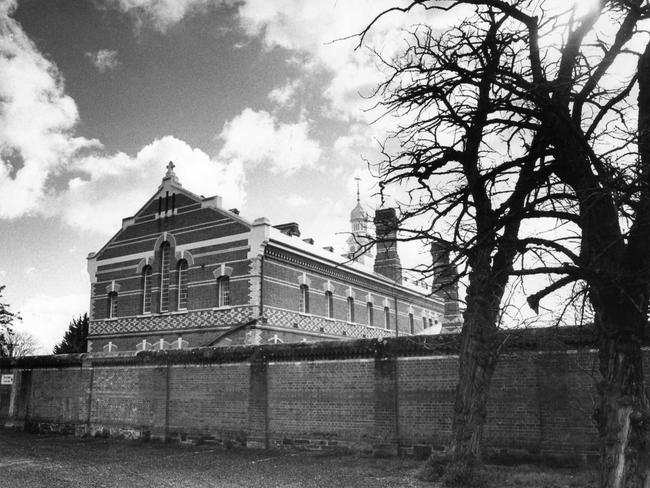
“In the process expensive government and non-government services have been set up, with the aim to keep people as much as possible in the community.”
But this approach doesn’t work for everybody.
“Most people would probably agree that there is still a need for some people to spend longer periods in hospital than the system really allows for,” Mr Buob said.
“There are some people for whom none of the treatments and none of the medications successfully keep them well, or make them well.
“The system is not perfect and what we’ve got available doesn’t help everyone and doesn’t secure people.”
Government cutbacks in state services, including 44 mental health respite beds to be lost, as announced this week, continue to threaten the viability of a system under stress.
But conditions on Z Ward were never ideal. Mr Buob said the conditions were “really dependent on the quality of the staff at the time and that varied from shift to shift week to week”.
“It could have been OK but it could have been really terrible,” he said.
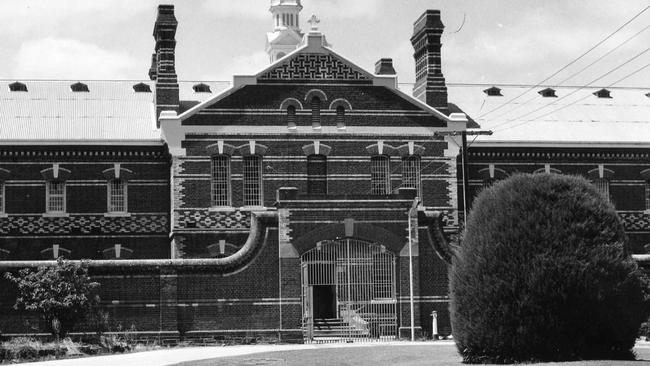
While public openings and tours have been incredibly successful, they have reopened wounds for some people who would rather see the place torn down or blown up.
“Certainly if anyone had family or had been there who wanted to talk about their experiences and put it on the record, either publicly in a sense — giving consent to be named — or anonymously, we’d be happy to add that to the oral histories we’re doing at the moment,” Mr Buob said.
“We are interested in getting oral histories from past inmates and past staff.”
While the exterior of the building has been preserved, there is some doubt over how long visitors will be able to experience Z Ward as it once was, to pace the halls and get locked up in the cells.
In 2014, Beach Energy bought the $7.5 million, 2.14ha site that includes Z Ward, to expand its Glenside headquarters.
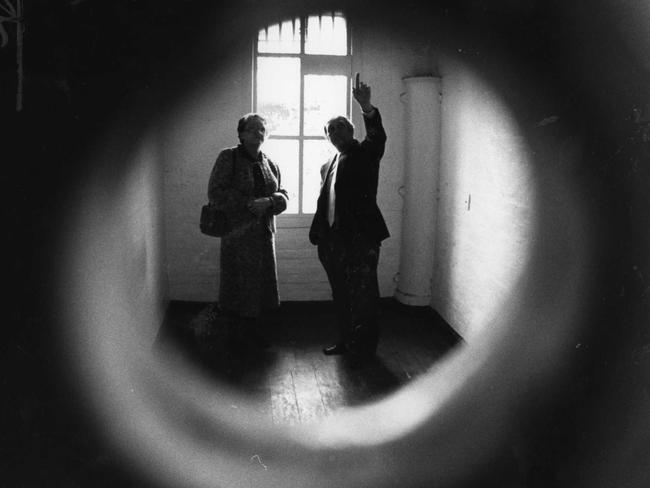
In the meantime, the company then allowed National Trust SA to lease the vacant building for tours, to raise money for heritage projects, until the end of this financial year (30 June 2016).
A spokeswoman said Beach was pleased provide access to National Trust SA, for their use and suggested this might continue into the future.
“Due to the sustained low oil price, Beach has no plans to expand its office at Glenside and no plans to refurbish the Z Ward,” she said.
“Any future work on Z Ward will be undertaken with heritage architects to preserve the heritage values of the building. Beach is yet to discuss an extension of the current access agreement with National Trust beyond the current term.”
* For more details about the History Festival and to see what’s on, visit historyfestival.sa.gov.au or download the app from the app store.
If you need help, call Lifeline on 13 11 14 or visit beyondblue.org.au


